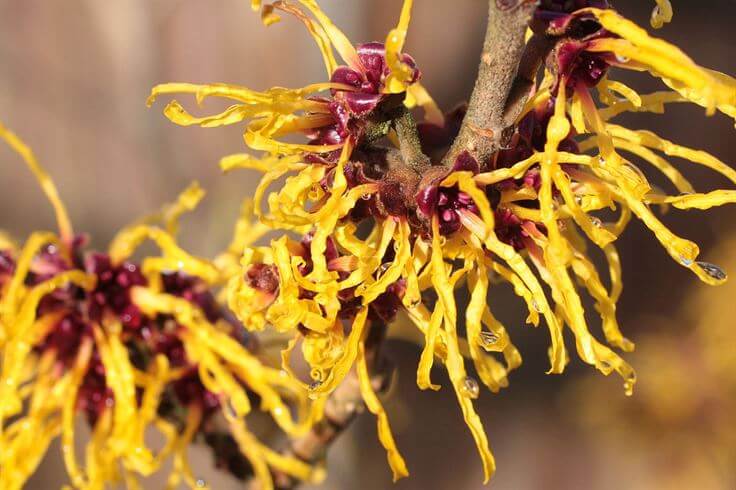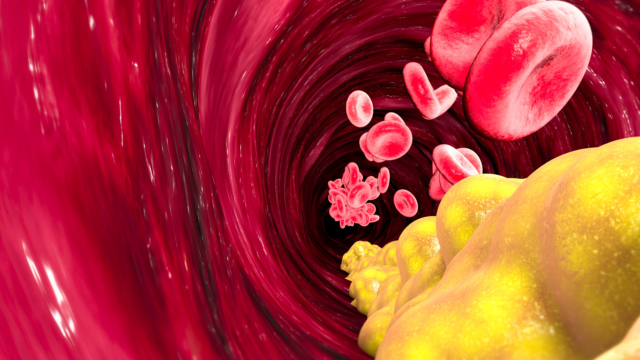FTC disclaimer: This post may contains affiliate links and we will be compensated if you click on a link and make a purchase.
Are you using witch hazel for acne? If you are looking for natural ways to treat acne, then witch hazel can be added to your skincare routine.
Using witch hazel for acne is entirely a different approach that might help an individual eliminate acne.
What exactly is Witch Hazel?
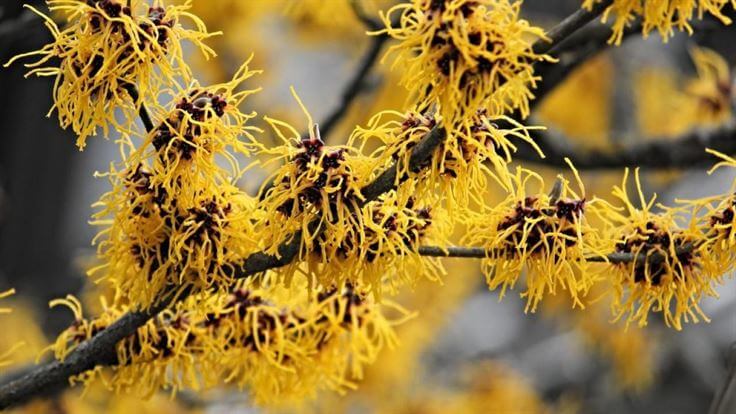
Witch hazel is a shrub that is used for many centuries to treat certain skin conditions.
It is extracted from leaves, twigs, and barks that contain 10% tannins, a potent antioxidant including Hamamelitannin and Ellagitannins.
Does witch hazel work for pimples and acne?
Witch hazel works great to soothe inflamed and irritated skin. It is also helpful in reducing swelling and any tissue injury and even constrict injured blood vessels.
Witch hazel also works in regulating the amount of sebum that is produced.
What does witch hazel do for acne?
Witch hazel is ideal for oily skin and spot treatment. However, oily skin typically has hyperactive sebaceous glands that produce an excess amount of sebum. Additionally, excess sebum production attracts acne bacteria.
Witch hazel has anti-inflammatory and soothing properties that are very effective in the treatment of acne. Moreover, if you are having an oily complexion, witch hazel astringent properties will combat acne easily.
It also reduces redness, swelling, and discomfort caused by acne-prone skin. Its skin-boosting powers also balance excess skin oils, refines pores, and contribute to fighting against inflammation.
But, for skin conditions like normal to dry, it is advisable to use witch hazel for spot treatment only.
Does witch hazel work for acne scars?
Witch hazel is also touted as one of the best remedies for acne scars. The presence of natural astringent helps in reducing the inflammation and also decrease the redness of the skin.
It also kills the growth of bacteria on the skin. Thus, it effectively helps in reducing acne scars.
Is witch hazel good for acne?
There are many benefits of witch hazel for acne. But, here, we will discuss a few of the essential properties.
Witch hazel astringent properties
Witch hazel astringent properties are due to the presence of Tannins. It is said that it reduces the production of excessive skin oil.
Moreover, Tannins fight against free radicals without dehydrating the skin and stripping complexion.
If you have oily skin, then you usually benefit the most from witch hazel. Moreover, for very less sensitive skin, witch hazel works wonder them.
Also, due to witch hazel astringent properties, it is advisable to use it slowly on your skin. It is said that it takes time to incorporate it with your skin. Once tolerated well with your skin, you can increase the frequency of daily usage.
Witch hazel reduces inflammation and acts as a good moisturizer.
Witch hazel is found to have anti-inflammatory properties that soothe skin inflammation.
It has soothing and moisturizing benefits that won’t make your breakouts worse.
It works more effectively as a good moisturizer than any chemical treatment like benzoyl peroxide, salicylic acid, or sulfur.
A study conducted among teenagers shows that it reduces inflammation, hydrates your skin, balances oil production, and has moisturizing properties.
How to use witch hazel for acne
Witch hazel is touted as a natural way to treat skin conditions like acne. We have illustrated different ways you can use witch hazel for acne.
Only use Witch hazel for acne.
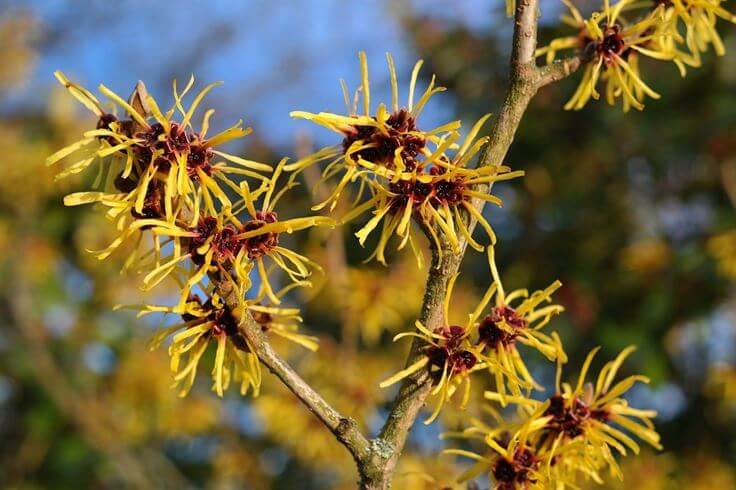
Witch hazel is very useful when it is applied directly to the skin. Its potent anti-inflammatory property reduces excessive oil, prevents bacteria formation, and stops irritation, making it ideal for oily skin.
How to use it?
Pour some witch hazel solution on your cotton pad and sweep it across the affected area to get instant relief. You can regularly use it to rectify skin complexion and minimize the appearance of pores size.
It will also soothe skin redness and stinging from sunburns.
You can buy Witch hazel astringent here.
Witch hazel and tea tree oil for acne
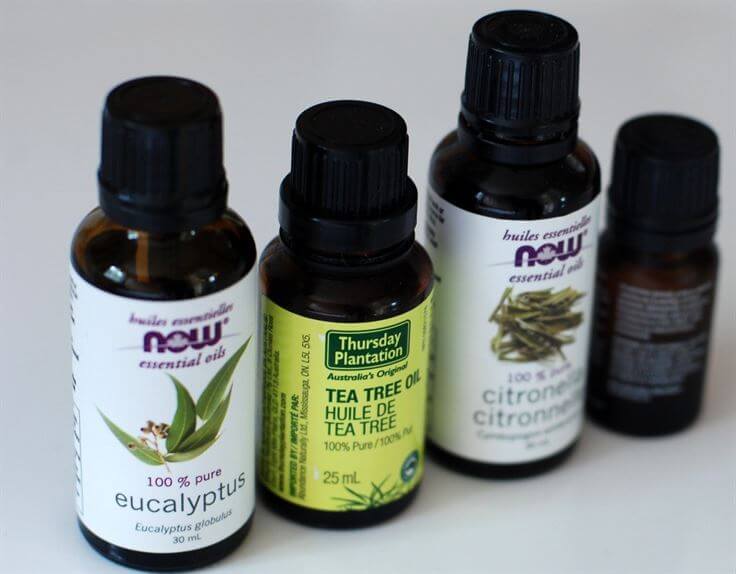
A combination of witch hazel and tea tree oil is beneficial in treating spot and pimple prone skin. It may even prevent and reduce acne scars and leave your skin clear and smooth.
For frequent breakouts, this combination of skin treatment is quite useful. Tea tree oil possesses antibacterial and anti-inflammatory properties, which help fight against acne.
How to use it?
You can use it, mixing 20-40 drops of witch hazel astringent with 2-3 drops of tea tree oil. Next, apply to the affected area with a cotton swab. Repeat it once or twice a day.
You can buy here pure tea tree essential oil.
Witch hazel and aloe vera for acne
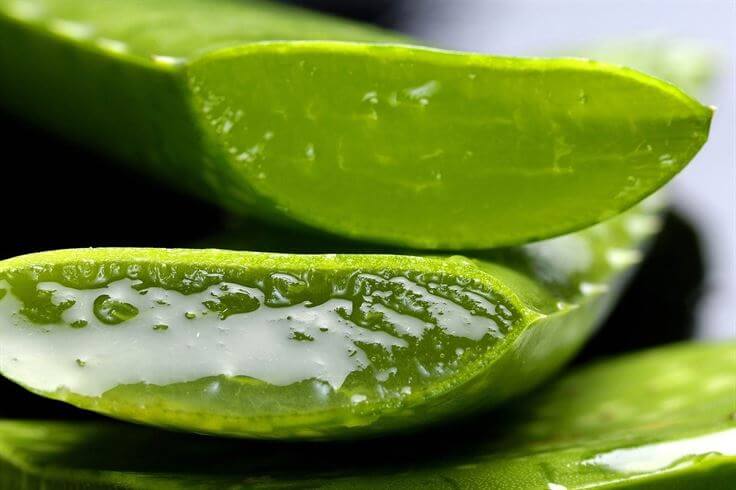
Aloe vera is used for many skin conditions because of its anti-inflammatory and antibacterial properties that led to acne lesions.
The combination of witch hazel and aloe vera help in the treatment of acne scars. It also helps in tightening pores and in removing excess oil from your face.
How to use it?
You need to mix one tablespoon of witch hazel with one tablespoon of aloe vera. Now, you have to blend nicely to get a smooth running paste. Next, apply it to the affected area or spread it all over the face gently. Let it dry, and then raise it with water.
We recommend buying only pure aloe vera gel.
Witch hazel and apple cider vinegar for acne
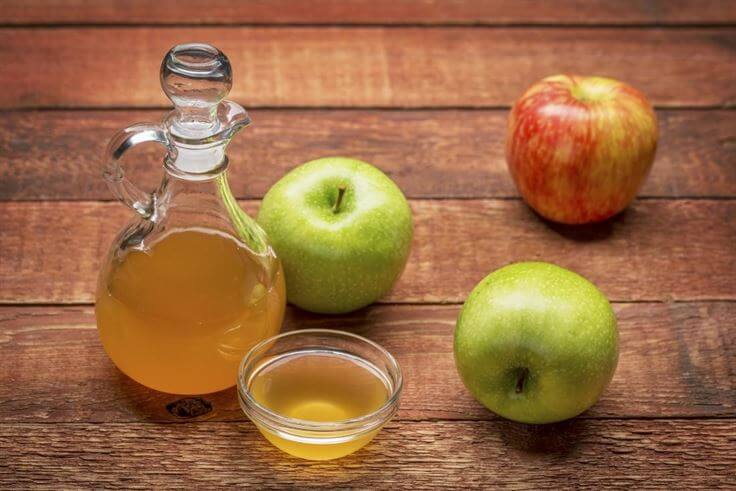
Apple cider vinegar helps in restoring your natural pH balance of the skin. Due to the presence of organic acids in apple cider vinegar, it helps kill acne-causing bacteria and reduces acne scars’ appearance.
When we combine apple cider vinegar with witch hazel, it will help fight against inflammation, boost oil balancing, and tighten the skin.
How to use it?
You have to mix one tablespoon of witch hazel with one tablespoon of apple cider vinegar. Afterward, dampen a cotton swab and apply it to your affected area. Let it dry and then wash it off.
Always use organic raw, unfiltered apple cider vinegar with mother.
Witch hazel and rosewater for acne
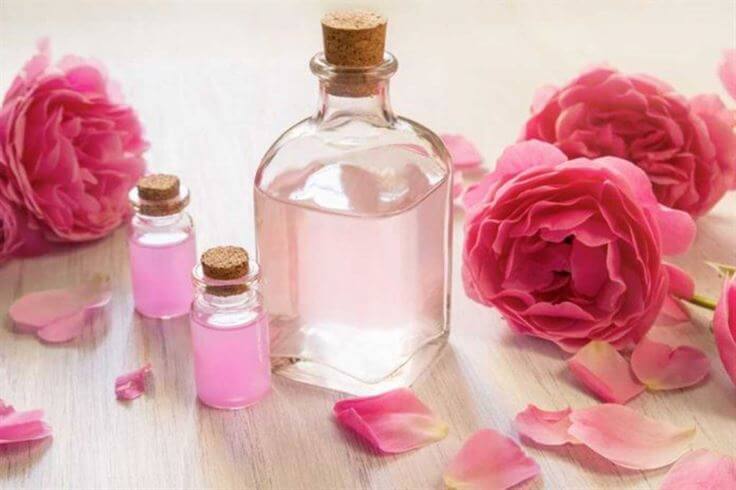
Rosewater is beneficial in reducing redness and soothes skin irritation. It gives valuable results for sensitive, dry, and aging skin.
Similar to witch hazel, it also contains phytochemicals like tannins that have astringent properties.
Moreover, it also has antiseptic properties that will disinfect wounds, prevent growth, and stop the proliferation of harmful microorganisms such as viruses and bacteria.
How to use it?
Take one tablespoon of rosewater and one tablespoon of witch hazel, and then mix it well. Dampen your cotton ball and apply it to the affected area.
Get from here pure rosewater for acne.
Witch hazel and lavender oil for acne
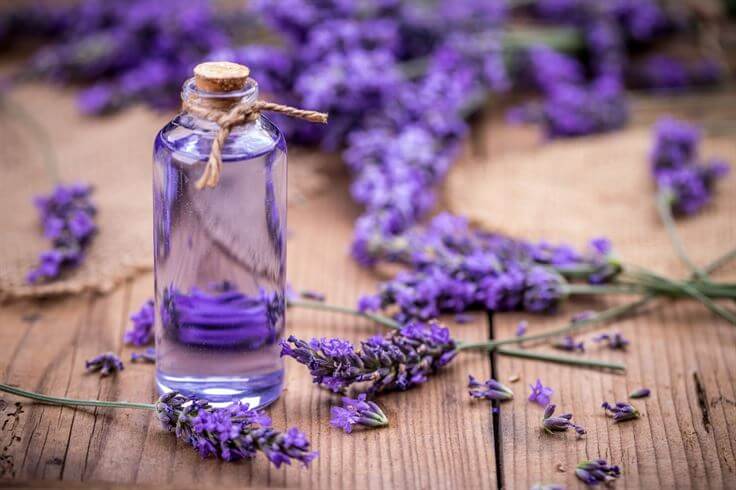
Lavender oil is beneficial in unclogging pores and in reducing inflammation. It works in killing the bacteria and prevents any new breakouts.
Combining lavender oil with witch hazel helps in lessening redness, irritation and reduces overall inflammation.
How to use it?
Mix a two-three drops of lavender oil with one teaspoon of witch hazel. Soak a cotton ball and then apply it to the affected area. Leave it till it gets dried, and then wash it off.
You can buy pure lavender essential oil from here.
Cetaphil and Witch hazel for acne
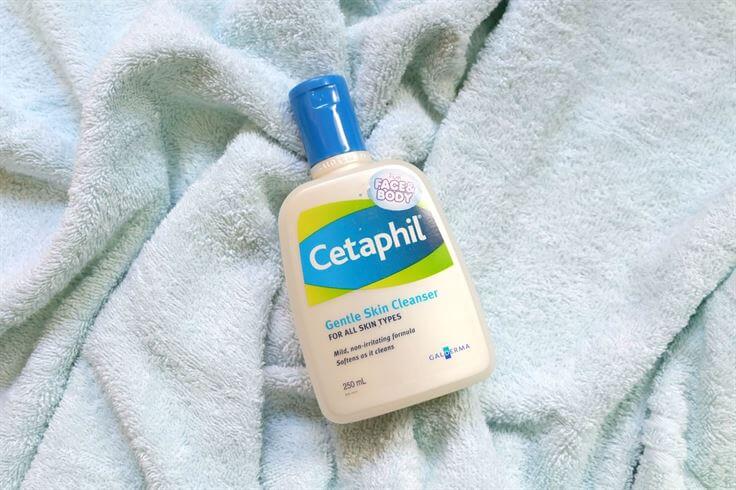
Cetaphil skin cleaner is recommended for dry, sensitive, or normal skin to leave your skin soft and smooth. It has a mild and soap-free formula that cleanses without irritation, removes dirt, impurities, and makeup.
Its water-based formulation retains the skin’s moisture and doesn’t block pores.
How to use it?
Firstly, wash face with Cetaphil Gentle Facial Cleaner and then apply Witch hazel with a cotton swab on your face. Let it dry and then wash it off.
You can buy Cetaphil Gentle Facial Cleaner here.
Things to remember before using Witch Hazel
As it has been well illustrated that witch hazel contains a high level of tannins, tannins may interfere with certain medical conditions.
Do we have to avoid witch hazel during pregnancy?
If you’re expecting or breastfeeding, you should avoid the excessive use of witch hazel.
Is witch hazel suitable for ingesting?
Witch hazel is only intended for topical use. If you are ingesting witch hazel, then it may damage your kidney or liver.
Witch hazel products for pimple and acne
While looking for witch hazel products, it is imperative to look for products that do not contain skin-drying ingredients like alcohol or SLS. Also, the product should be free from fragrance.
More importantly, it is best if you look for organic witch hazel products for spot treatment.
Witch hazel toner for acne
Witch hazel toner helps in balancing sebum production and also has its natural ability to refine pores. It also clears skin by removing excess dirt and oil.
Undoubtedly, the most popular alcohol-free witch hazel product for acne is Thayer Witch Hazel. Most people have reviewed this product as a great toner for acne.
Thayer witch hazel is considered the best witch hazel toner for acne because it truly tones and shrinks your pores.
It also cleans out blackheads keeping your skin soft, healthy, and glowing. More importantly, it will give you a cool and refreshing feeling when applied to the face. It is also useful in fighting against cystic acne.
Dickinson’s Original Witch Hazel toner is also an excellent option for people having oily or over shiny skin. Traditionally, it has been used for decades and claims to be suitable for all skin conditions.
Witch hazel ointments for acne
Witch hazel ointments can be used as a spot treatment for acne blemishes.
For sensitive skin, you should first test on one side of your jawline. Now, check whether it has any adverse reaction to your skin.
Bottom Line
Witch hazel is widely used to treat pimples, skin irritation, and skin redness caused by excessive UV rays exposure.
Furthermore, its antimicrobial properties prevent excessive bacterial and fungal growth on your skin.
However, if your suffering from cystic acne or hormonal acne, it is advisable not to rely solely on witch hazel. In any adverse condition, consult your dermatologist for proper treatment.
